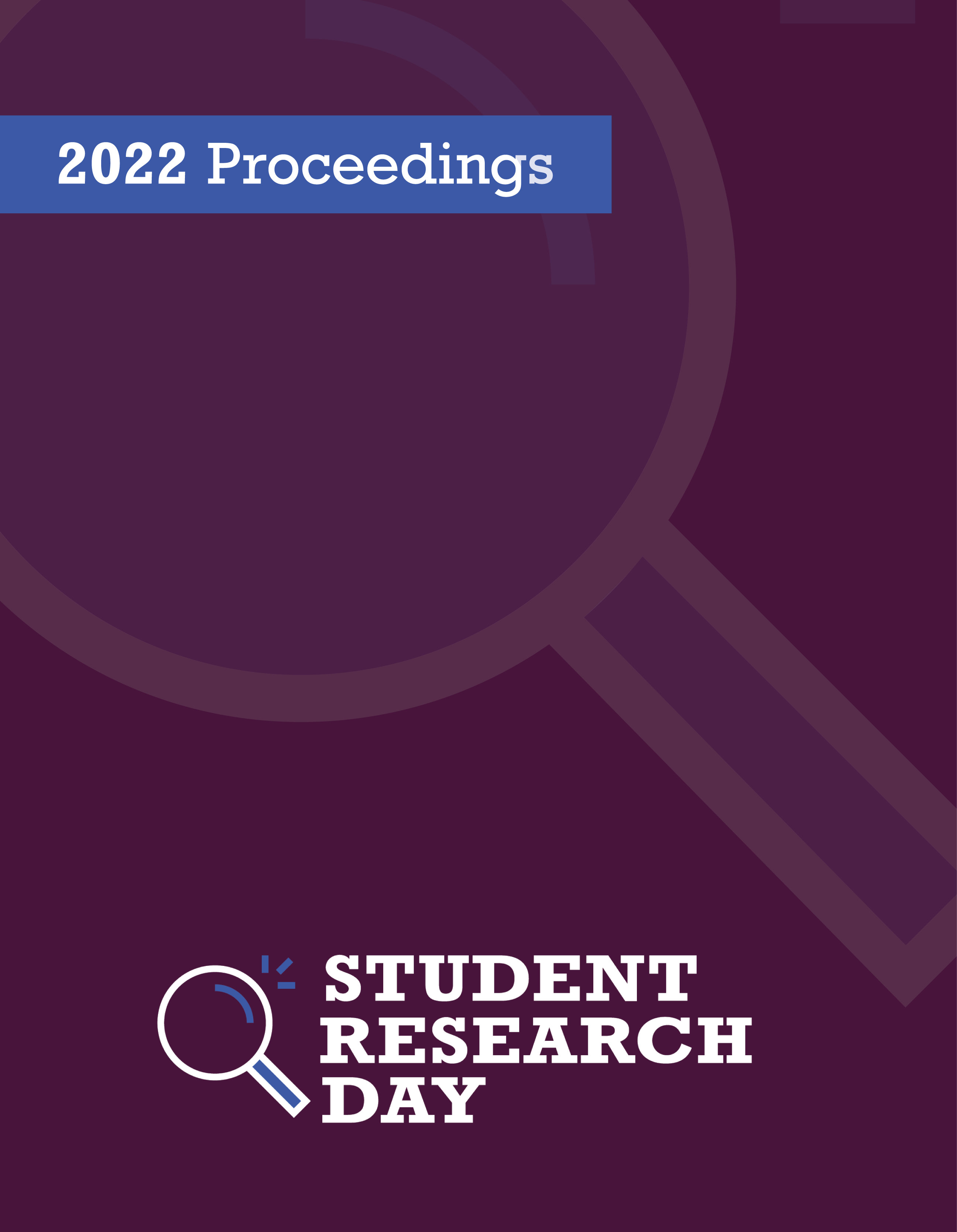Post-management dietary dynamics in spottail shiner (Notropis hudosonius) and trout-perch (Percopsis omiscomaycus) from 2009-2011 and 2013 in Lac la Biche, Alberta
Abstract
Piscivorous fish stocking is a popular restoration strategy used to sustain fisheries as they provide quick recreational fishing benefits. However, fluctuations in predatory abundance could impose top-down effects on lower trophic level fish species like spottail shiner (Notropis hudosonius) and trout-perch (Percopsis omiscomaycus) resulting in dietary shifts. In 2005, the Lac lac Biche Alberta Fisheries Restoration Program was created to address depressed walleye (Sander vitreus) populations due to overfishing. Predatory double-crested cormorants (Phalacrocorax auritus) were culled and their eggs oiled, and walleye stocks were added to the lake in 2006 to restore walleye populations. The objectives of this research are to understand the diets of spottail shiner and trout-perch and to observe if the spottail shiner diet shifted after management. Stomach contents of thirty-five spottail shiners and ten trout-perch across Lac la Biche, Alberta from 2009-2011and 2013 were analyzed for four prey groups: macroinvertebrates, zooplankton, phytoplankton, and microplastics. Phytoplankton was the most consumed prey group in both spottail shiners and trout-perch, representing over 61% and 78% respectively of their diets. Phytoplankton and zooplankton consumption decreased whereas macroinvertebrate consumption increased. Sphaeriidae, Chironomidae, Chyprididae, and Stephanodiscaceae were consumed throughout all sampled years, although there were fluctuations in Cyprididae, Chironomidae, and Sphaeriidae between years, possibly demonstrating top down-effects on macroinvertebrate species prey abundance. An average of four microplastics were found in the stomachs of both species and consumption remained stable throughout 2009-2013. Evidence of top-down effects on spottail shiner and trout-perch diets due to walleye stocking is still unclear, as other possible indicators like pollution, could pose potential alternative stressors on feeding behaviors of lower trophic level species.
However, this study increases the knowledge of spottail shiner and trout-perch diets, fosters research on understanding this little-studied biota, and informs future policy and management practice.
Department: Biology
Faculty Mentors: Dr. David Locky and Dr. Mrinal Das
Published
Issue
Section
License
Authors retain any and all existing copyright to works contributed to these proceedings.



